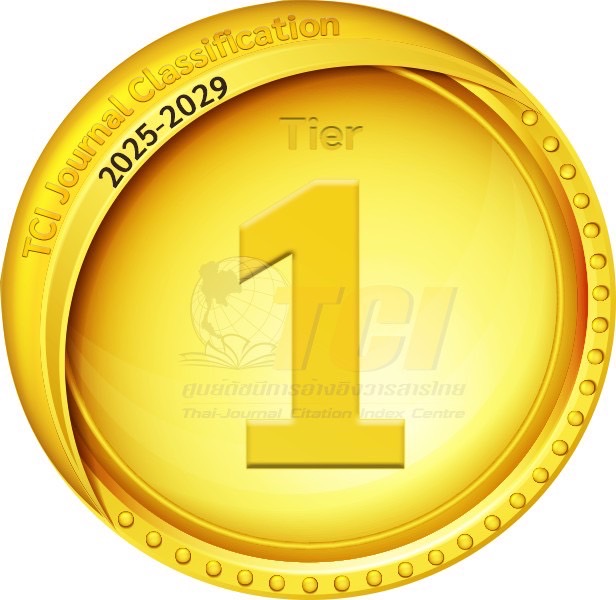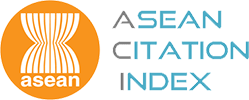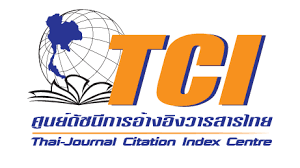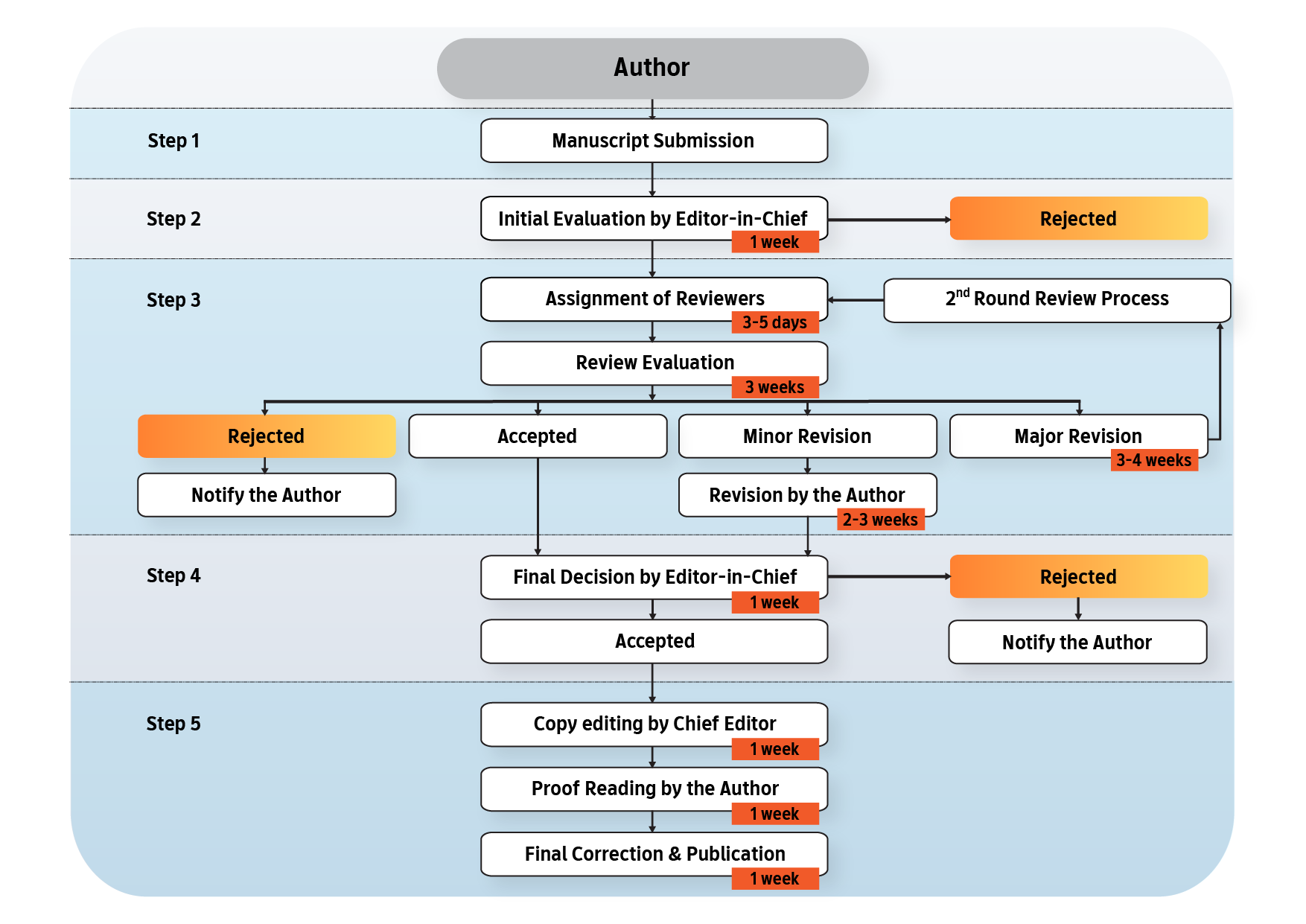Indexed In
Scopus ®



The journal uses double-blind review with both the reviewer and the author are concealed from each other. Peer-review process will be performed by at least two reviewers who are expert in the relevant fields.

The corresponding author submits the manuscript file, along with figures and tables to the journal online system. The manuscript should be in the journal format adhering correctly to the journal's template.
(Author Guidelines)
To ensure successful publication, the manuscript must match the journal's aim and scope. Authors are advised to verify that the content is within the journal's scope (About the Journal). Upon receiving a manuscript, the editor will evaluate and proof the author's manuscript before deciding to assign the reviewers. SEJ uses an internal system to check for plagiarism. Submissions with over 25% plagiarism (excluding the reference list) will be rejected immediately. The Editor-in-Chief then conducts a preliminary screening to ensure alignment with the journal's aims and guidelines. Manuscripts that do not meet these criteria will be declined without further review. If the evaluation of originality, structure, quality of figures, and references is satisfactory, the Editor-in-Chief will assign reviewers for further review.
SEJ employs a double-blind review process. The editor will anonymize the submission by removing authors' names and affiliations, e-mail addresses, and acknowledgments. The peer-review process is conducted by at least two experts in the relevant fields. Once the reviewers have approved the manuscript, the review process may result in one of the following four outcomes:
• Acceptance without revision
• Revisions required (minor revision)
• Resubmission for another review (major revision)
• Rejection
In the case of rejection, the editorial team will notify the author. Moreover, in the case of manuscript is conditionally accepted, the authors may be required to revise it in accordance with the reviewers' recommendations. The revised manuscript, along with any necessary materials such as figures and tables, should be submitted with clear indications of the changes made. In the event that the authors disagree with minor or major comments from the reviewers, they must provide a reasonable explanation.
The Editor-in-Chief will conduct a thorough review of the manuscript. If the author(s) has not made the required revisions or failed to provide the necessary information in accordance with the journal's guidelines, the manuscript will be rejected. However, if the manuscript complies with all specified requirements, it will be accepted and it will proceed to the next stage of the copy edition.
After the manuscript is accepted, it will be copy-edited and formatted for publication. The formatted article in the form of a galley proof will be sent back to the authors for verification of accuracy. Authors will be instructed that only formatting inaccuracies or typographical errors may be corrected at this stage and no further content revisions will be accepted. After any necessary corrections are made, the corresponding author will return the corrected galley proof to the journal. Journal staff in consultation with the Editor-in-Chief and Associate Editor-in-Chief will finalize formatting, and publish the article on the journal website with notification to authors.
Indexed In
Scopus ®



Register
➤ Register
The managerial office
Tel. 02-649-5000 ext. 18427
✉ Email : scjournal@g.swu.ac.th
